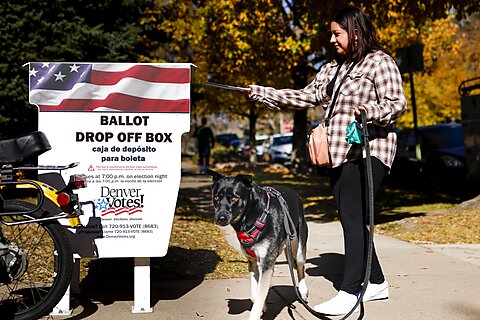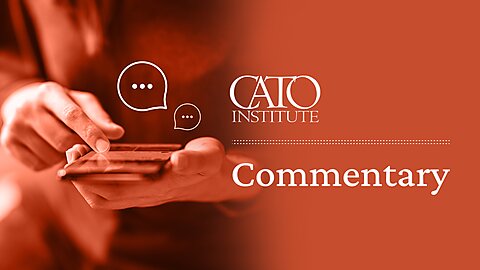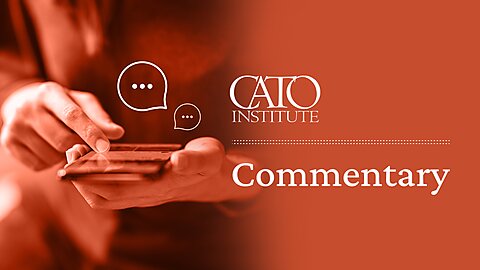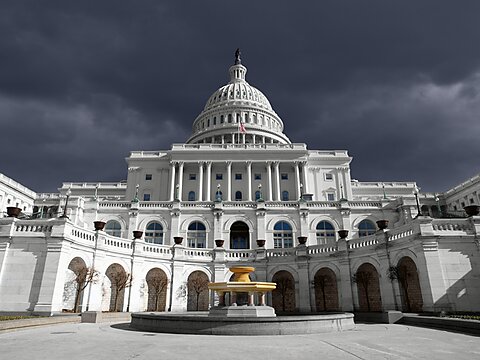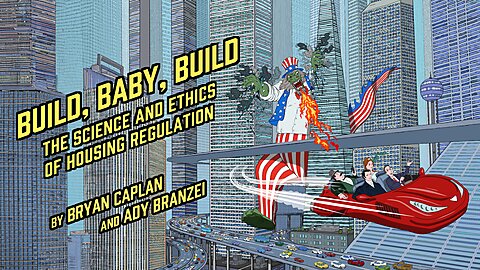For decades, US government officials have secretly coerced and prodded media distributors into withholding news and information, sometimes even big secrets and coverups. Historically, government officials dubbed this government‐media collaboration “voluntary censorship.” The House Judiciary Committee this month released new documents, mostly internal emails from social media companies, showing how “voluntary censorship” and government coercion operate today. The emails challenge conservatives’ and the government’s views about social media companies.
Both conservatives and the US government maintain that social media companies, such as Facebook, Instagram, and YouTube, always work voluntarily with government to restrict speech. Some conservatives believe woke tech companies and the government have common censorship aims. The government also often depicts the government‐media collaboration on content removal as social media companies assisting the government, and that these companies simply share the government’s views on what violates their vague content policies. The government adopts this view because the “voluntary censorship” system currently risks being dismantled by the Supreme Court in the pending Murthy v. Missouri case.
In any case, the sometimes‐frank internal emails released by the Judiciary Committee undermine both the government’s and social conservatives’ arguments: the emails make clear that in the past few years federal officials have cowed Facebook, YouTube, and Amazon officials into taking down more content than those companies wanted to remove. Top officials at the companies typically submitted to government demands and content moderation changes only after resisting government “requests” to censor. They also knew that the executive branch could punish them indirectly for noncompliance.
Consider their predicament. The president of the United States is the most powerful officeholder in the world, with authority over thousands of attorneys in hundreds of agencies. Many executive branch employees make multi‐billion‐dollar decisions affecting tech companies. The Department of Justice reviews mergers and acquisitions. Cabinet officials negotiate international digital trade deals. Government agencies purchase IT and cloud computing services. Further, the president also shapes the priorities and actions of agencies like the Federal Trade Commission, Securities and Exchange Commission, and the CFTC, which regulate and scrutinize tech services.
So when, as the emails show, frustrated White House official Andy Slavitt told Facebook executives in March 2021 that “Internally we have been considering our options on what to do about” Facebook’s reluctance to censor more COVID-19 content and share censorship metrics with the White House, all parties understood Facebook’s vulnerability. Facebook and YouTube’s changing content moderation practices at that time must be interpreted in light of these conversations with executive branch officials.
It is widely known that even implicit government threats coerce companies, something government officials discreetly and regularly use to their advantage. Law professor Tim Wu, a former Biden White House official, noted years ago that, “Rule by threats … is, under certain circumstances, a superior means of regulatory oversight.” Government officials can even use threats as a substitute for binding law. “If successful and widely respected,” Wu notes, “it is possible that a threat may create an industry norm, removing the need for rulemaking at all.”
The newly released emails, then, suggest that most joint action between social media companies and the government in removing “misinformation” was not voluntary.
Facebook is probably the clearest example of this. The company’s about‐face regarding censorship of users happened rapidly as government pressure ramped up in 2020 and 2021. Notably, in the fall of 2019, Meta CEO Mark Zuckerberg made public commitments—including a Wall Street Journal op‐ed and a speech at Georgetown University—to free speech and Facebook’s prospective hands‐off approach to misinformation and speech by politicians. Except for “complete hoaxes” and “misinformation that could lead to imminent physical harm,” Zuckerberg promised a permissive approach to contested and distasteful speech. “[W]e’ve found,” he said, “a different strategy works best: focusing on the authenticity of the speaker rather than the content itself.”
Yet, in 2021, Facebook moderators were plainly censoring newsworthy and credible information—about the COVID-19 lab leak theory and other topics—from authentic accounts of Americans, as the Judiciary Committee report documents. The threats and badgering from the White House, FBI, and CDC help explain Zuckerberg’s and Meta President of Global Affairs Nick Clegg’s private complaints about the government’s intense pressure to censor.
These companies knew, based on the censorship “requests,” and demands for frequent follow‐up meetings with the White House and FBI about those “requests,” that noncompliance could be costly—the executive branch has countless ways to punish a company. As Clegg emailed internally in July 2021, “Given the bigger fish we have to fry with the Administration, … [it] doesn’t seem a great place for us to be, so grateful for any further creative thinking on how we can be responsive to their concerns.” YouTube teams that discussed “fight[ing] harmful misinformation” in April 2021 likewise talked about how they sought “to work closely with this administration on multiple policy fronts.”
The US government is currently ramping up its efforts to “partner” with social media companies to remove “foreign disinformation” on social media. Since the FBI’s broad definition of a “foreign malign influence” includes social media posts from American citizens, companies must be very wary of any government requests. Voluntary partnership with the government can at some point become “joint action,” which, as the Supreme Court reiterated in the 2019 case Manhattan Community Access Corp. v. Halleck, transforms a private company into a state actor.
Therefore, social media companies must resist “partnerships” with government agencies. To the extent government input on content removal is necessary, as my colleague, and former Meta employee working content moderation, David Inserra says, companies and government should be transparent about their communications. It’s time for executive branch agencies to retire the secretive “voluntary censorship” system and restore some Americans’ trust in their government.


